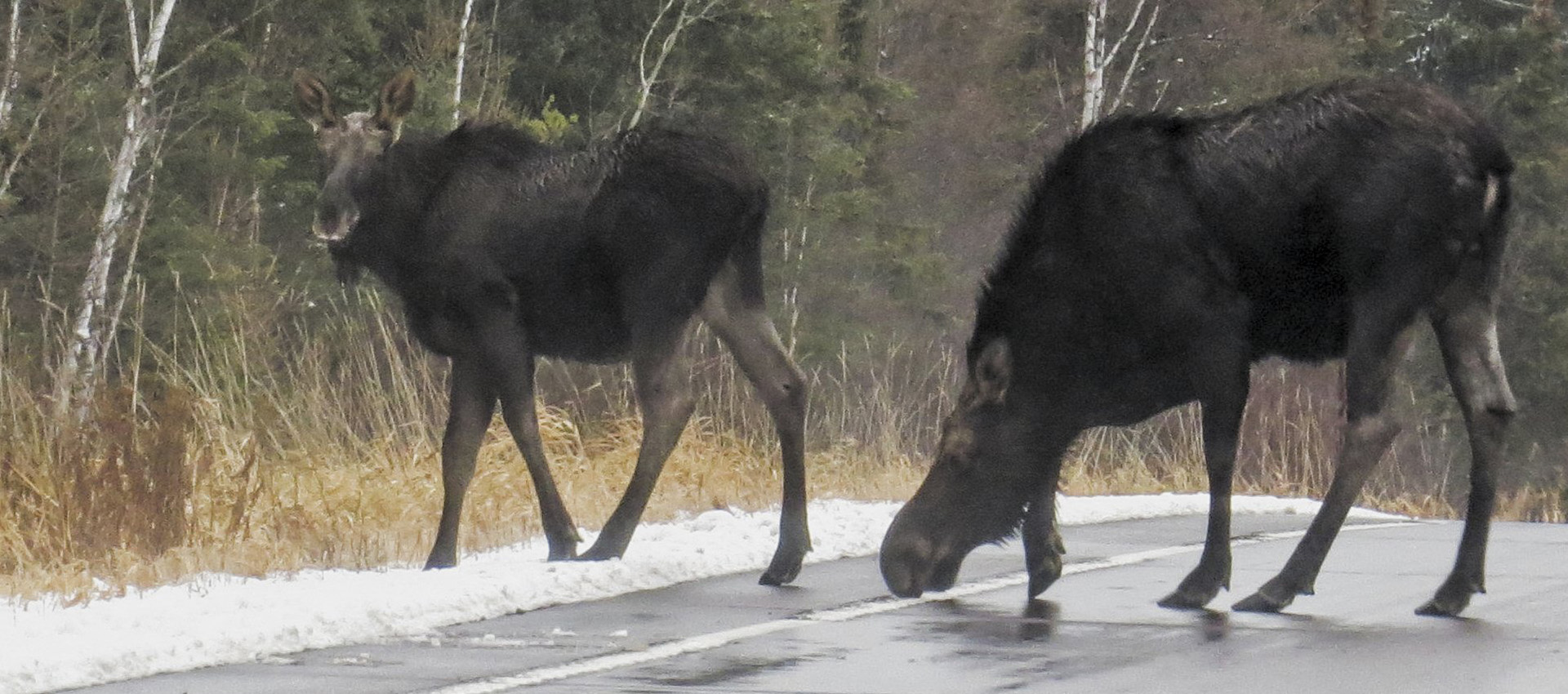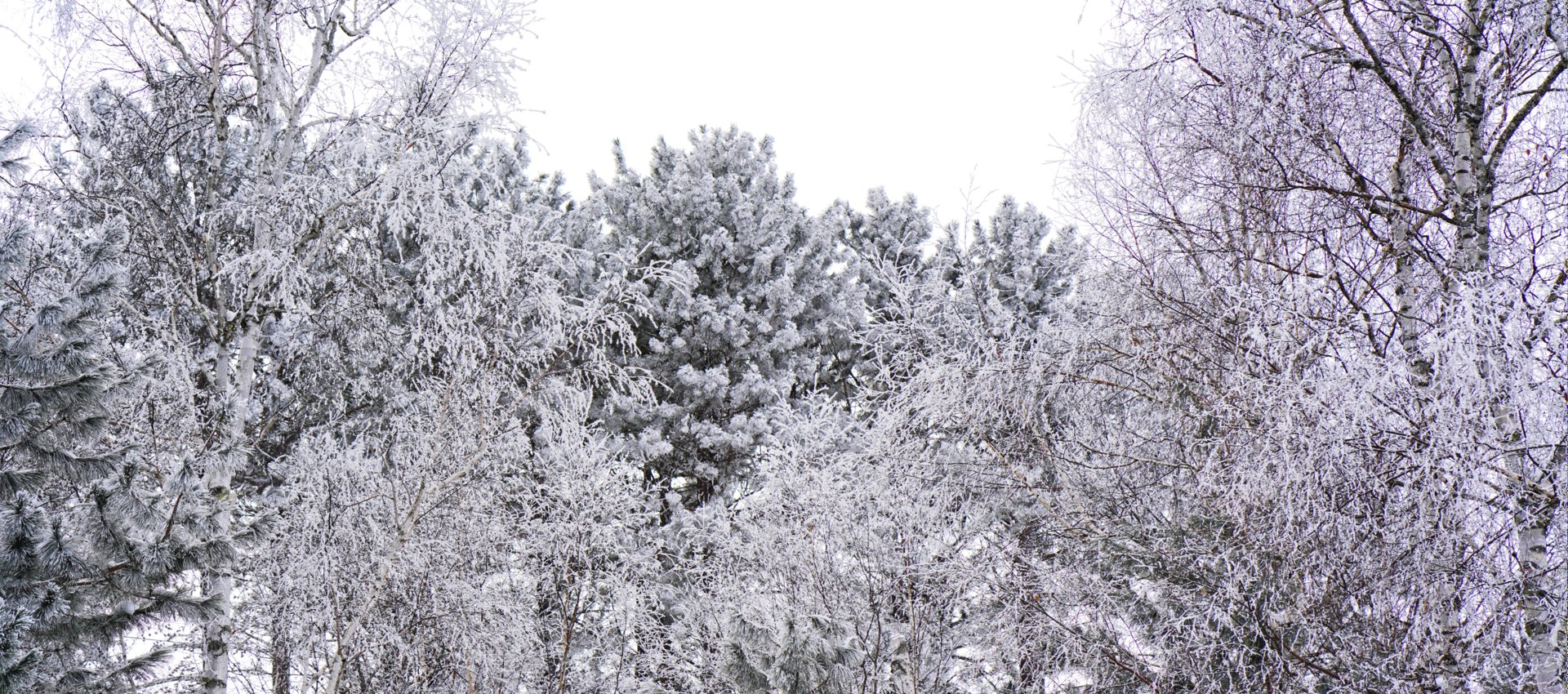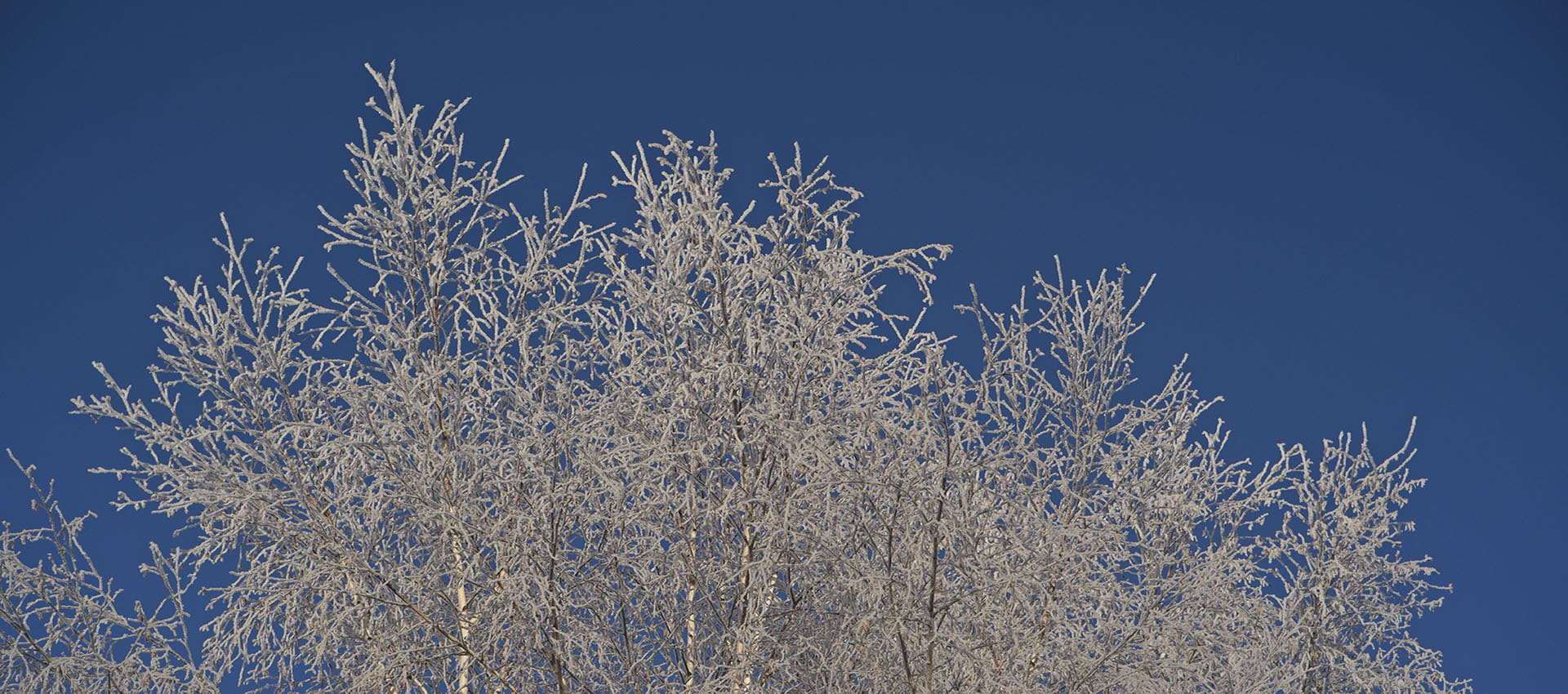
Walleye Stocking Today
A new DNR plan uses hard science to inform
more precise stocking of Minnesota’s favorite fish.
by Chris Niskanen
Odds are the Minnesota walleye you catch is wild—that is to say, naturally produced in Minnesota waters.
Anglers in the state catch about 3.8 million pounds of the flaky, white-meated fish annually. The bulk of those fish come from the state’s so-called walleye factories—large, sprawling lakes such as Winnibigoshish and Mille Lacs. Those waters possess the perfect combination of depth and habitat to produce millions of pounds of wild walleye.
But what about the walleyes you catch from Lake Minnetonka, Gull Lake near Brainerd, or Mill Lake in Douglas County? Many were stocked. Those popular fishing lakes are among the 1,000 Minnesota lakes that lack sufficient habitat for natural walleye production but possess water temperatures and enough prey fish for walleyes to survive. Stocked fish are put into lakes as either mosquito-sized fry or cigar-sized fingerlings.
While the majority of walleyes caught by anglers are wild-reared (the most current Department of Natural Resources estimate puts the number at 85 percent), fisheries managers say that stocking plays an important role in maintaining Minnesota’s high quality of angling recreation. The DNR stocks walleyes in two out of three lakes that are managed for walleye fishing. The program costs the DNR about $3.3 million annually.
“Lakes with natural walleye production are the bread and butter of our walleye program,” said Jason Moeckel, DNR fisheries operations supervisor. “But stocking is a critical component of our program for lakes that do not have natural reproduction, especially those in central and southern Minnesota. We have a long track record of walleye stocking, and with a lot of new scientific studies, we’re making improvements to how we do that part of our business.”
Dick Sternberg, a former DNR fisheries biologist and angling writer who has sometimes criticized the agency’s stocking program, said walleye stocking has direct benefits for anglers.
“If you took those 1,000 stocked lakes out of the equation, it would have a huge impact on anglers,” he said. “People don’t understand that many of the Brainerd lakes, for instance, have nice sandy beaches for swimmers, but not good habitat for walleye spawning. Stocking puts walleyes in many lakes in some of the state’s most heavily fished areas.”
Basics of Stocking.
According to the American Fisheries Society, the earliest mention of artificial rearing of Sander vitreus in Minnesota occurred in 1887. Today the DNR operates 12 hatcheries, which raise 500 million fry annually. Each year the DNR also raises about 100,000 to 114,000 pounds of fingerlings and purchases another 50,000 pounds from private producers.
Of the state’s 1,000 stocked walleye lakes, about 40 percent get fry and 60 percent get fingerlings on an every-other-year basis. (A few fry lakes get stocked annually.) About 16 lakes get stocked annually with year-old or older walleyes; these are typically high-use urban fisheries.
Anglers often ask: Why not just stock full-grown walleyes? On a per-fish basis, it is more expensive to transport big walleyes than small ones, fisheries managers say. The smaller the walleye, the cheaper it is to grow large quantities of them and move them to a lake. A good analogy is shipping nursery trees. It is cheaper to transport spruce seedlings than 5-foot trees.
All stocked walleyes begin as eggs and sperm (also called milt) collected from wild fish. Every spring, fisheries workers collect spawning wild walleyes in nets. They gently remove the eggs and sperm by running a thumb under each fish’s belly. Then they mix the eggs and sperm in a shallow bowl to fertilize the eggs. Finally, they put the fertilized eggs in large jars inside temperature-controlled hatcheries.
Within 10 days, tiny walleye fry hatch. From there, the fry take one of two routes to a lake: They either get stocked immediately or placed in rearing ponds or natural wetlands to grow into fingerlings during spring and summer. In the fall, the fingerlings are harvested from the ponds with nets, loaded into tank trucks, and transported to lakes across the state for stocking.
Accelerated Stocking.
The DNR’s walleye-stocking program has changed greatly in the past 15 years. It has been controversial at times and made newspaper headlines.
In the late 1990s, due to budget, the DNR started stocking walleye fingerlings less frequently—every three years or longer, instead of every other year, in some lakes with adequate natural reproduction. Anglers took notice. Sternberg noticed fishing success for walleyes in Lake Minnetonka had declined. When he contacted DNR fisheries managers, they told him the lake was getting stocked less frequently.
Legislators jumped into the fray and directed the DNR to maximize returns to anglers with additional money for the walleye-stocking program. As a result, the DNR launched the Accelerated Walleye Program in 1999. That same year, the DNR closed walleye harvest in state waters of Upper Red Lake due to overharvest. The Accelerated Walleye Program and the planned rehabilitation of Red Lake represented opportunities for the DNR to address walleye stocking on two fronts. The Accelerated Walleye Program focused on fingerling stocking, while Red Lake required a massive infusion of walleye fry. Fisheries managers say both programs required the DNR to conduct new scientific studies and reviews of its policies on stocking.
“The Accelerated Walleye Program simply said, ‘Let’s stock more fish,”‘ said Moeckel. “But the science of stocking fingerlings hadn’t caught up with that policy decision.”
In rehabilitating the Red Lake walleye fishery, DNR fisheries managers studied the genetics of the stocked fish and discovered that DNA matters. (See “Better Fishing Through Science,” July–August 2009.) Fry produced from Lake Vermilion walleyes were a close genetic match to Red Lake native walleyes, and they had excellent survival rates. These stocked fish started reproducing on their own, and Red Lake’s walleye population boomed. The fishery reopened in 2006, sooner than expected.
Walleye per Pound.
Eleven years later, after numerous scientific studies of stocking and the successful recovery of walleyes in Red Lake, the DNR issued Walleye Stocking Operational Plan, 2010-2015. It is a 20-page blueprint for raising and stocking Minnesota’s favorite fish.
To calculate the ideal number of fingerlings to stock in a lake, the plan uses a formula invented by DNR fisheries scientists Pete Jacobson and Charles Anderson. The duo studied the walleye stocking history of 708 lakes. To achieve the maximum opportunity for anglers to catch walleyes, lakes should be stocked at a rate of 2 pounds of fingerlings per littoral acre every other year. A littoral acre is an acre of water less than 15 feet deep.
But stocked fingerlings aren’t all the same size. Depending on the year’s growing conditions, the DNR gets small, medium, or large fingerlings. Since stocking fingerlings is based on poundage, a goal of stocking 500 pounds of fingerlings could mean a wide variation of the actual number of walleyes that go into a lake. If the fingerlings are large, say, 10 fish to a pound, 5,000 walleyes would go into the lake to reach a goal of 500 pounds. If the fingerlings are medium-sized, say 20 per pound, the stocking would put 10,000 walleyes in the lake.
The study data revealed “that 1 pound of very large fingerlings is not quite as effective as 1 pound of medium-size fingerlings,” Jacobson said. Why? Stocking medium-sized fingerlings represents a good combination of size (for survival) and number (more is better than fewer) to meet the goals of fisheries managers.
But Mother Nature rarely produces the perfect-sized, medium fingerling. So Jacobson developed a computer model that calculates the ideal number of stocked fingerlings based on fish size. The model is called the Walleye Power Curve.
Power Curve.
DNR assistant fisheries supervisor Brian Schultz put the Walleye Power Curve to the test in fall 2010 for Independence Lake in Jackson County. The stocking target for the lake is 291 pounds of medium-sized fingerlings. But the fingerlings available in fall 2010 were large ones. Using the Power Curve, Schultz calculated the lake needed 338 pounds of the larger fingerlings to achieve the catch rates desired by anglers.
“The Power Curve means we’re optimizing the number of fish we put in a lake,” Schultz. “You can’t guarantee people will catch fish, but we’re giving them the best chance by putting in the optimal number of fish for the lake.”
DNR Fisheries managers say stocking isn’t a panacea for everything that ails a lake’s walleye population, such as rising lake temperatures or insufficient populations of prey fish. And stocking is much more expensive than maintaining walleye nursery habitat to sustain natural reproduction (see sidebar). But an infusion of fingerlings and fry remains vital to sustaining walleye populations in some of Minnesota’s most popular fishing waters, and the DNR’s plan seeks to maintain stocking effectiveness in an era of shrinking budgets for fisheries management.
“We know that walleye stocking doesn’t work everywhere,” Moeckel said. “But it is important that we make our best possible investment in stocking where it does work.”
Walleye Advisors
For the past seven years, the DNR has met with the Walleye Advisory Committee—a group of fishing guides, resort owners, and anglers—to discuss walleye management issues. The committee and the DNR worked together closely on developing the new walleye stocking plan as well as a stocking program for Leech Lake.
“We have 18 people on the committee, and they come from all walks of life,” said committee member and walleye guide Tom Neustrom of Grand Rapids. “We’re not biologists, but we understand fish and fishing. The level of trust between us and the agency is real good. I think we’re making a difference.”
Nature’s Walleye Factories
Every spring, millions of wild Minnesota walleyes are spurred by instinct to migrate into creeks and gravelly shorelines to reproduce. Triggered by water temperature and the length of daylight, males and females congregate to spawn. The females deposit their eggs, and the males fertilize them with sperm, or milt. Within 10 days, tiny walleyes the size of midges emerge. The numbers that survive depend on water temperature and predation from other fish.
In two to six years, the walleyes will reach 1 pound. They grow more slowly in northern parts of the state than they do in the south. A few years later, both males and females reach maturity for spawning. This natural reproductive cycle occurs on many of Minnesota’s top walleye-fishing lakes. Lake of the Woods, Rainy Lake, Mille Lacs Lake, and many other lakes along the Minnesota-Ontario border fit into this category. Such lakes are critical to Minnesota’s walleye-fishing future because they produce millions of pounds of walleyes naturally. Protecting habitat and water quality in these lakes is important to the future of walleye fishing, says Henry Drewes, DNR regional fisheries manager based in Bemidji.
“It’s a matter of economics and good fishing,” says Drewes. He cited the example of Lake Bemidji, a 6,420-acre lake with a naturally producing walleye population. Based on current stocking rates, the DNR would spend about $63,000 each time to stock Lake Bemidji with enough DNR-raised fingerlings to replace natural production.
Drewes says, “By protecting water quality coming into the lake, reducing impacts of shoreline development, purchasing critical shoreline areas, and protecting and restoring eroding banks, we can sustain the fisheries like Lake Bemidji without needing to stock.”










